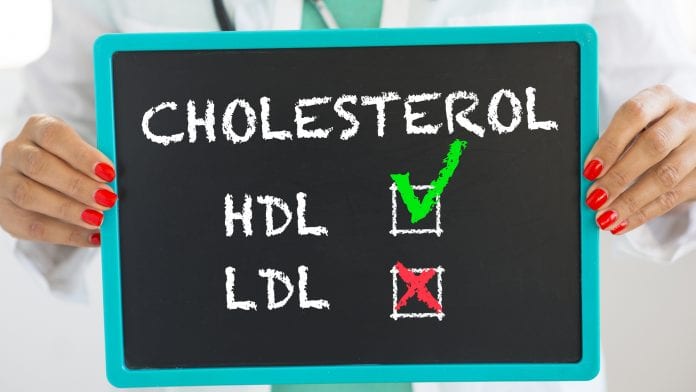
A team of researchers have identified a novel cellular mechanism that is responsible for increasing LDL cholesterol levels, enhancing the risk of heart attacks and strokes.
The study, conducted by scientists at the University of Oulu, has distinguished a nuclear receptor called pregnane X receptor (PXR) that increases LDL cholesterol levels to dangerous amounts in the body, raising the likelihood of life-threatening health problems such as strokes and heart attacks.
Pregnane X receptor
PXR is a vital regulator of drug metabolism in the liver, with this nuclear receptor responsible for sensing the cells chemical environment; previous studies have also demonstrated that PXR has a much wider influence on the body, additionally controlling blood pressure, glucose, and lipid metabolism.
The paramount concern from the discovery is that PXR can be spiked by a litany of factors that we are exposed to every day, such as various food ingredients, environmental chemicals, and drugs – such as the rifampicin antibiotic medication – signifying why particular medications and environmental chemicals produce adverse effects. Further chemicals that stimulate the PXR receptor were identified in plastic additives, flame retardants, pesticides, and environmental pollutants.
The team were able to demonstrate for the first time that the PXR receptor was proficient in raising LDL cholesterol levels in the blood, as well as the production of cholesterol in the liver. Jukka Hakkola, a Professor of Pharmacology and leader of the study, said: “It has long been known that some chemical substances can affect human reproductive functions, for example, by disturbing the action of sex hormones. This is the so-called endocrine disruption theory.
“Recently, evidence has also been obtained on the association of certain drugs and environmental chemicals with elevated cholesterol. The phenomenon can be interpreted as an extension of the endocrine disruption theory. However, this phenomenon and its underlying mechanism have not previously been demonstrated in humans.”
Janne Hukkanen, the co-leader of the study, said: “Cholesterol levels are known to be affected by lifestyle and hereditary factors. Our research provides strong evidence that the chemical composition of our environment also plays a role in cholesterol elevation.
“As elevated cholesterol is one of the most important risk factors for cardiovascular disease, the increase in cholesterol caused by chemical substances can be of relevance to public health. The new mechanism we have identified may partly explain the adverse effects of chemical exposure on cardiovascular health and help predict the potential problems in advance.”
The researchers are now aiming to analyse how the PXR receptor activating environmental chemicals and medicinal substances affects cholesterol levels, intending to produce strategies for predicting the adverse metabolic effects, leading to a regulation of chemicals to protect the public.
“Efforts should be made to eliminate the PXR-activating property from drugs as well as from chemical substances that end up in the environment, and thus also in humans”, added Hakkola.
























